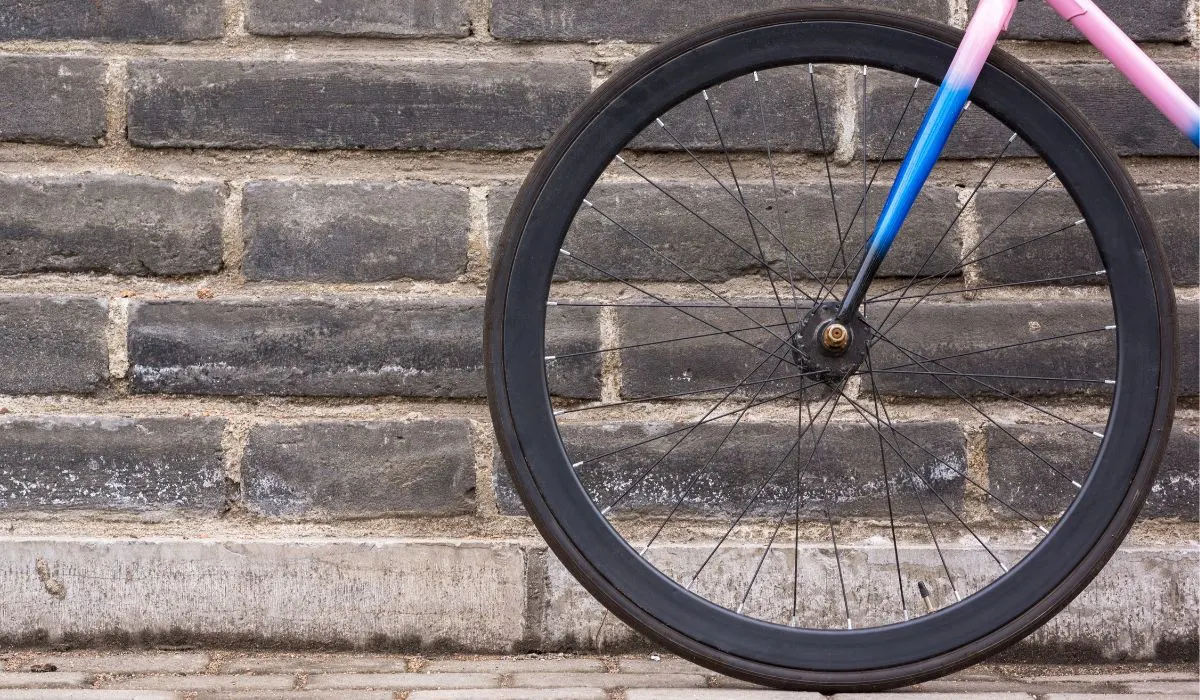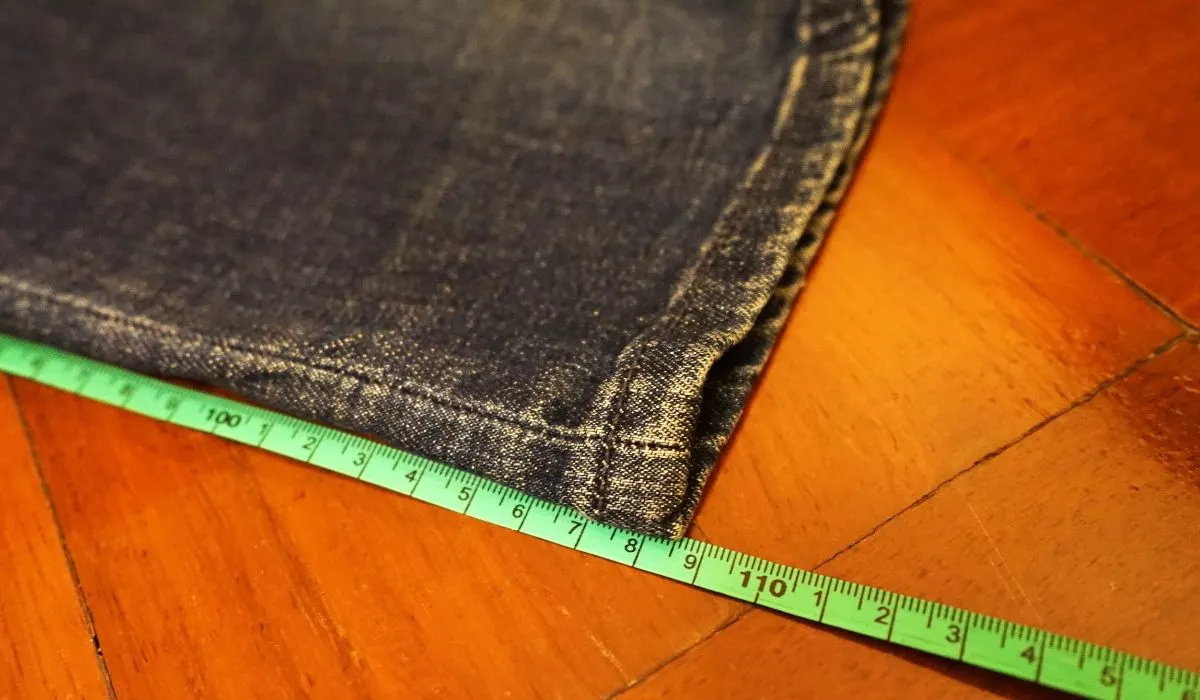
Across the world, bicycles are increasing in popularity. Whether you want to get fit, enjoy scenic rides, or use it to commute, there is a bike for you. You want the ride to be comfortable, and you certainly don’t want to injure yourself. That’s why choosing the right size bike for you is very important. How do you know which is right for you when choosing between a 24-inch bike and a 26-inch bike?
A 24-inch bike is right for you if you are a smaller adult or child between 4”5’ and 5”4’. A 26-inch bike is right for adults between 5”5’ and 6”4’.
24-inch bikes are:
- portable
- maneuverable
- good for learning to ride
A 26-inch bike has a higher top speed and is versatile on the road and off-road.
To give yourself the most comfortable and enjoyable riding experience and to prevent unnecessary injury, take the time to get all the information and facts about which bike size is right for you.
Keep reading to get all the practical and helpful information you need to make this decision.
What Are The Differences Between 24-Inch And 26-Inch Bikes?
In terms of mechanics and design, there is usually very little difference between a 24-inch bike and a 26-inch bike. The main differences are the size and weight of the bikes. As the names 24-inch and 26-inch indicate, a 26-inch bike will be bigger than a 24-inch bike.
The inches being spoken about when referring to a 24-inch bike or a 26-inch bike refer to the wheel measurement, not the frame measurement. This is the wheel diameter measurement from the hub to the outside of the tire.
The wheel diameter becomes important when deciding what the bike will be used for. For instance, racing bikes will have a higher top speed with larger wheels but are less maneuverable. Bikes with smaller wheels are better for stunt riding and transporting.
24-inch and 26-inch wheels are often put on different sized frames. Brands and manufacturers of bicycles will have different-sized, and sometimes even different-shaped frames that use standard-size wheels.
What Are The Pros And Cons Of 24-Inch And 26-Inch Bikes?
As with many things in life, there are positive and negative aspects to any two things you compare. The same is true when comparing 24-inch and 26-inch bikes when deciding which is right for you.
While working out which bike is best for you, these pros and cons will give you some insight:
| 24-inch Bike | 26-inch Bike | |
|---|---|---|
| Pros | – Smaller and lighter than a 26-inch bike. – Shorter spokes make the wheels slightly stronger than 26-inch wheels. – Smaller wheels have higher braking power. – Faster acceleration and easier to pedal over short distances. | – Wheels roll over objects and rocks easier. – Wide variety of tire selections for different terrain. – Has a faster top speed than 24-inch bikes. – Rotors have better ground clearance |
| Cons | – Often, a smaller variety of tire selections. – Does not roll over objects and rocks as easily as a 26-inch bike. – Slower top speed. – Rotors have lower ground clearance and may hit rocks/ obstacles more often. | – A 26-inch bike is heavier than a 24-inch bike. – Longer spokes make the wheels slightly weaker than 24-inch wheels. – Slower acceleration and more difficult pedaling over short distances. |
Depending on your needs, one or more of these pros may actually be a con and vice versa. If you are looking for a good stunt bike, then the lower ground clearance of a 24-inch bike may be better for you.
Don’t only consider your height, but also make a list of what you want to use the bike for to help decide if a 24-inch or a 26-inch bike is right for you.
How To Decide Which Bike Is For You – 24-Inch Or 26-Inch?
While your height will determine whether a 24-inch bike or a 26-inch bike is the right size for you in terms of:
- comfort
- safety
- ease of use
These other seven key factors should also be considered when choosing between a 24-inch bike and a 26-inch bike:
- Bike weight
- Acceleration ability
- Wheel strength
- Overall stability
- Rotor clearance
- Top speed
- Cost
Think through each of these factors before deciding what size bike is right for you.

#1: Bike Weight
26-inch bikes are generally heavier than 24-inch bikes because there is more of it to pedal. Especially uphill, it will be more difficult to ride.
26-inch bikes are less maneuverable than 24-inch bikes and sometimes more difficult to corner. 24-inch bikes are also easier to transport because of their smaller size.
#2: Acceleration Ability
The smaller wheels of a 24-inch bike mean they accelerate faster than a 26-inch bike from a flat start.
26-inch bikes accelerate more easily on a hill, though!
#3: Wheel Strength
The longer spokes of a 26-inch wheel make them a little weaker than their 24-inch counterparts. In most cases, this is only a marginal difference.
#4: Overall Stability
The center of gravity on a taller bike is higher making it a little more difficult to manage. Being lower to the ground makes 24-inch bikes easier to maneuver around corners.
#5: Rotor Clearance
Rotors on a 24-inch bike are closer to the ground than on a 26-inch bike. When riding, this makes them more likely to hit:
- rocks
- sidewalks
- other objects
#6: Top Speed
Because the number of revolutions a wheel needs to make to maintain a higher speed is lower on a bigger wheel, a 24-inch bike has a lower top speed and takes more effort to maintain its top speed than a 26-inch bike.
#7: Cost
Because 24-inch bikes are smaller, they are often cheaper than 26-inch bikes. Obviously, this depends on the:
- brand
- materials to make the bike
- a few other factors
How To Measure Which Bike Is Right For You
If you have considered everything above and decided the best way to determine if a 24-inch bike or a 26-inch bike is right for you is by measuring your height, then you will need an accurate measurement.
The most accurate way to measure which bike is right for you is to measure your inseam length, which measures the distance from your crotch to the bottom of your ankle. Professionals generally recommend this measurement to be the best one for choosing frame and wheel size.
For most people, a bike will feel comfortable if there is a 3-5 inch gap between the top pole of the bike frame and the rider’s crotch. If you place your foot on the ground, the top pole of the frame should be about 4 inches less than your inseam measurement.
These are the three easiest ways to measure your inseam:
- Measure a pair of your pants.
- Measure against a wall.
- Measure your leg.

#1: Measure A Pair Of Your Pants
Lay a pair of your full-length pants on a table, and measure the inseam of the pants from the hem to the crotch. This is your inseam measurement.
#2: Measure Against A Wall
Stand barefoot and face the wall. Place a book between your legs at the highest point. Mark where the highest point of the book is on the wall. Remove the book, and then mark where your ankle bone is on the wall. Measure the distance between the two marks.
#3: Measure Your Leg
If you are flexible enough to measure your own leg, then this is the most accurate way to do it. Sitting on the floor facing a wall, place one bare foot flat on the wall. Using a tape measure, measure your inseam.
NOTE: If you are not flexible enough to do this, you may need the assistance of someone else.
Once you know what your inseam measurement is, head over to a bicycle shop and use this measurement to measure a 24-inch bike and a 26-inch bike against your inseam.
A bike where the top pole of the frame is about 4 inches less than your inseam measurement is probably the best bike for you!
Conclusion
A 24-inch bike is usually right for someone about 4’5″ to 5’4″ tall while a 26-inch bike is usually right for adults between 5’5″ to 6’4″ tall. While height is probably the main factor to consider when deciding if a 24-inch bike or a 26-inch bike is right for you, it is not the only one.
When deciding which bike is right for you, also consider:
- bike weight
- acceleration ability
- wheel strength
- stability
- rotor clearance
- top speed
- cost
Take time to consider each of these factors, visit a bicycle store, and try out different sizes. This decision will determine your comfort, safety, and riding experience, so make it a good one!
You might also be interested in:
